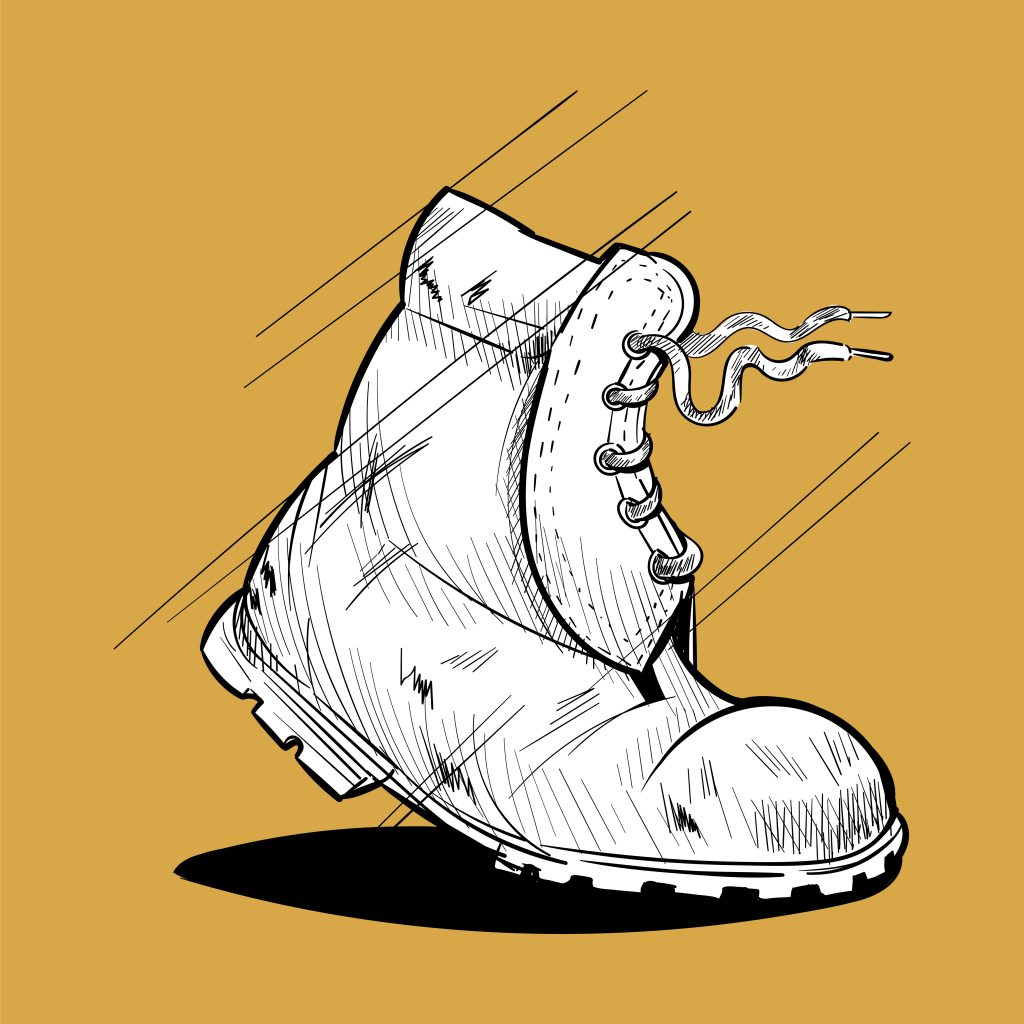
5 Absolutely necessary things to carry on a trek!
What should I pack for a multi-day trek? What is too much? And what is too little? How am I going to carry it all? Should I go for the most expensive gear or would roadside merchandise serve the same purpose?
These are some of the most frequently asked questions. Some of you who are reading this are probably still wondering what is the right gear?
For the course of this article we will be mainly focusing on short 2-3 day treks.
But please recognize that this article is not for HIMALAYAN TREKS!!
Be an amateur or even an experienced trekker, we’ve all made bad choices at some point while preparing for a trek by either carrying too much or too little. By the time you reach the end of this article we hope you have a good understanding of the essentials of packing a backpack or rucksack.
So always remember the Golden Rule of packing-
NEVER PACK FOR “IF” SITUATIONS!
1.BACKPACK
One thing when on an outdoor hike is that you’ll want to remain at ease throughout the experience. This is true if you plan to cover a long and treacherous trail like Kumaraparvatha, Kudremukh or Kodachadri. The kind of hiking backpack you are carrying decides how comfortable your trekking experience will be. If the load of supplies you are carrying is heavy, you need a backpack that will distribute the weight evenly so that you don’t get easily fatigued.
Having said this, it’s important you decide what your need is. If you are new to trekking and hope to do a few treks in a year then your choice of backpack will be completely different from a person who is passionate about hiking. If you plan on a long trek in the Himalayas then you need a dedicated rucksack. Let’s make it clear that you don’t need to spend boatloads on a backpack as there are hundreds of options out there, do your bit of research and you’ll be sure to find the right backpack for you.
For 2-3 days a 40-50L backpack will suffice. These could be from Quechua, Wildcraft or any other manufacturer you want. What’s more important than the choice of backpacks, is the way you pack your supplies in it.
As a rule of thumb the heavier and lesser used items belong in the bottom of the backpack.
Lighter items go in the middle of the backpack.
Frequently used items like a towel, snacks and other essentials go on top.
Make sure all of these are nicely packed and balanced. Once you’re done packing keep the bag upright. If you’ve packed it properly then the bag will remain in the upright position, else remove everything and repack them.

2.TREKKING SHOES
These are your best friend during a trek. You would’ve seen locals at multiple treks wearing flip-flops and climbing away to glory, that is because of their experience. Don’t try doing that because it might cause serious bruises and abrasions to your feet.
The main purposes of hiking shoes are to protect your feet against bruising and abrasion from rough wilderness terrain, to cushion your soles, and provide good traction on a rough, steep, slippery, wet, and muddy terrain. Additionally, trekking shoes must offer enough stability and be durable. A reliable hiking shoe is a long-lasting shoe that won’t leave you in the middle of the trail. For long-distance backpacking, shoes need to be supportive and, preferably, lightweight. Shoes also need to be flexible and comfortable in hiking, though on rough surfaces they might have to be stiffer and more supportive.
Always remember to break a shoe with use before going on a challenging trek, this helps your feet adjust to the new pair of shoes. The last thing you want on a trek is a shoe bite.
Buy a shoe that is one size bigger than your feet size this will help you during descent and will put less pressure on your toes.

3.CAP / HAT and SUNGLASSES
These are probably the most underrated hiking gear out there. It doesn’t matter where you plan on trekking these are essentials that one MUST carry. They are lightweight and have lots of uses. You should always protect yourself from the direct exposure of skin to the sun. Sometimes the sunburn can be really bad and if you are too much into hiking and trekking then buying a cap or hat will help you in a long way. You also need to protect your eyes from ultraviolet rays and other hazards, like strong winds or small insects that can be very annoying so a pair of sunglasses is a must.

4.SNACKS / ENERGISERS
Energy requirement while on treks is much more compared to your everyday routine. So it is a mandate that you load on snacks and munchies that give you that extra bit of strength that’ll help you to keep going on. Minimize on packed items and plastics, carry fresh fruits and vegetables.
Dry fruits are an amazing source of energy, also carry a packet of ORS or glucose they are very handy if you feel very thirsty. As dehydration is a very common and serious issue on the mountains. Peanut butter and bread serve as a mini meal if everything else fails.
Try to carry your own cutlery( don’t go overboard ) and reduce single use plastics.

5.MEDICAL / FIRST-AID KIT
We cannot stress how important this is. If you are looking for the simple route, you can pop over to your local outdoor goods store and purchase a pre-packaged personal first aid kit. One of the more popular basic first aid kit brands is Adventure Medical Kits. These pre-packaged kits have all of the essentials, and if you don’t have the time or interest in assembling your own, these are a great place to start. However, you will likely need to supplement a pre-packaged kit with specific items that are essential to you and your needs.

Please note these are mandates that one is advised to carry on any sort of trek no matter how small or big the trek is. We have a much more detailed list of what to carry for treks in the Himalayas this season so stay tuned.
Always be sure to keep your safety as your number one priority! But like always have fun and leave nothing but your footprint on the Mountains!
